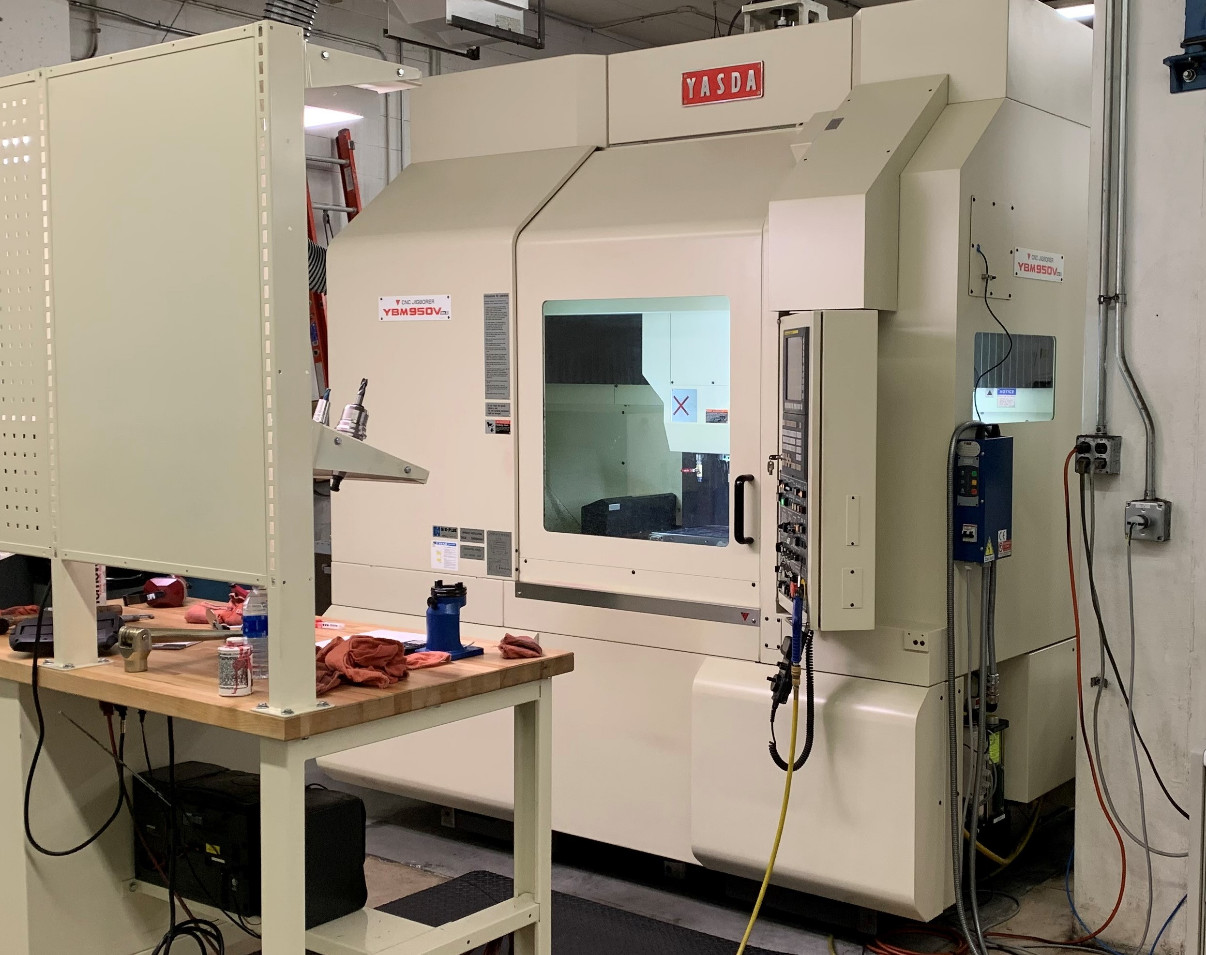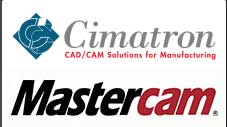Injection molding has become one of the most popular and cost-effective manufacturing methods across industries. From automotive components to consumer products, injection molding allows engineers and manufacturers to produce high-quality plastic parts efficiently and economically.
Beyond initial material and machining costs, the overall cost-effectiveness of injection molding is influenced by factors such as durability, part tolerances, customer satisfaction, and labor costs. Here are the top 7 benefits of working with a contract injection molding manufacturer.
1. Design Versatility
Injection molding supports a wide range of part designs, from simple components to complex geometries with intricate details. The combination of heated thermoplastics and high-pressure molding allows for high-detail parts that are difficult or costly to achieve with other manufacturing methods.
This design flexibility enables manufacturers to meet specific product requirements while maintaining precision and quality.
2. Fast Part Production
Once a mold or tool is complete, production can begin immediately. Injection molding can produce parts in as little as 15–30 seconds. Multi-cavity molds or family molds can create multiple parts simultaneously, further boosting efficiency.
With automation, machines control optimal pressure and cooling times, ensuring consistent, repeatable, and streamlined production. The process saves both time and money compared to other manufacturing techniques.
3. Enhanced Durability and Flexibility
Injection molding offers the ability to choose from a wide variety of standard and custom resins. This allows manufacturers to create parts that are:
-
Stronger or more flexible based on product needs
-
Lightweight yet durable due to specialized resin fillers
-
Resistant to temperature changes, chemicals, and environmental factors
The result is highly customizable, long-lasting parts suitable for harsh operating conditions.
4. Multiple Resin Materials
Through co-injection molding, manufacturers can use different resins within the same part. The process involves:
-
Injecting resin to create the outer layer or “skin”
-
Filling the core with another resin, often recycled or reprocessed material
-
Encapsulating the core with the outer resin for strength and appearance
This reduces waste, lowers costs, and allows for environmentally friendly manufacturing without compromising quality.
5. Automated Manufacturing Process
Injection molding is highly automated. A single operator can manage multiple machines while robots and computer systems handle most of the work.
With CAD (Computer-Aided Design) and CAM (Computer-Aided Manufacturing) software, manufacturers achieve:
-
Tighter tolerances
-
Higher precision
-
Lower labor costs
Automation ensures consistent, high-quality parts across production runs.
6. Custom Aesthetics
Injection molding allows for a wide range of finishes and textures. Parts can have:
-
High-shine or matte finishes
-
Textured or smooth surfaces
-
Pre-colored plastics, reducing the need for painting
This flexibility ensures that your parts meet both functional and visual requirements for your product.
7. Combining Benefits
Injection molded parts typically require minimal finishing, such as de-burring, compared to other manufacturing methods. While initial mold costs may be high, the savings from long or recurring production runs make injection molding faster, cheaper, and more efficient overall.
Multiple identical parts can be produced quickly, with consistent quality, durability, and aesthetic appeal.
Conclusion
Contract injection molding offers unmatched versatility, speed, durability, and cost-effectiveness. Whether you need complex designs, customized finishes, or large production runs, working with an experienced injection molding manufacturer can optimize both your time and budget while producing high-quality, long-lasting parts.


